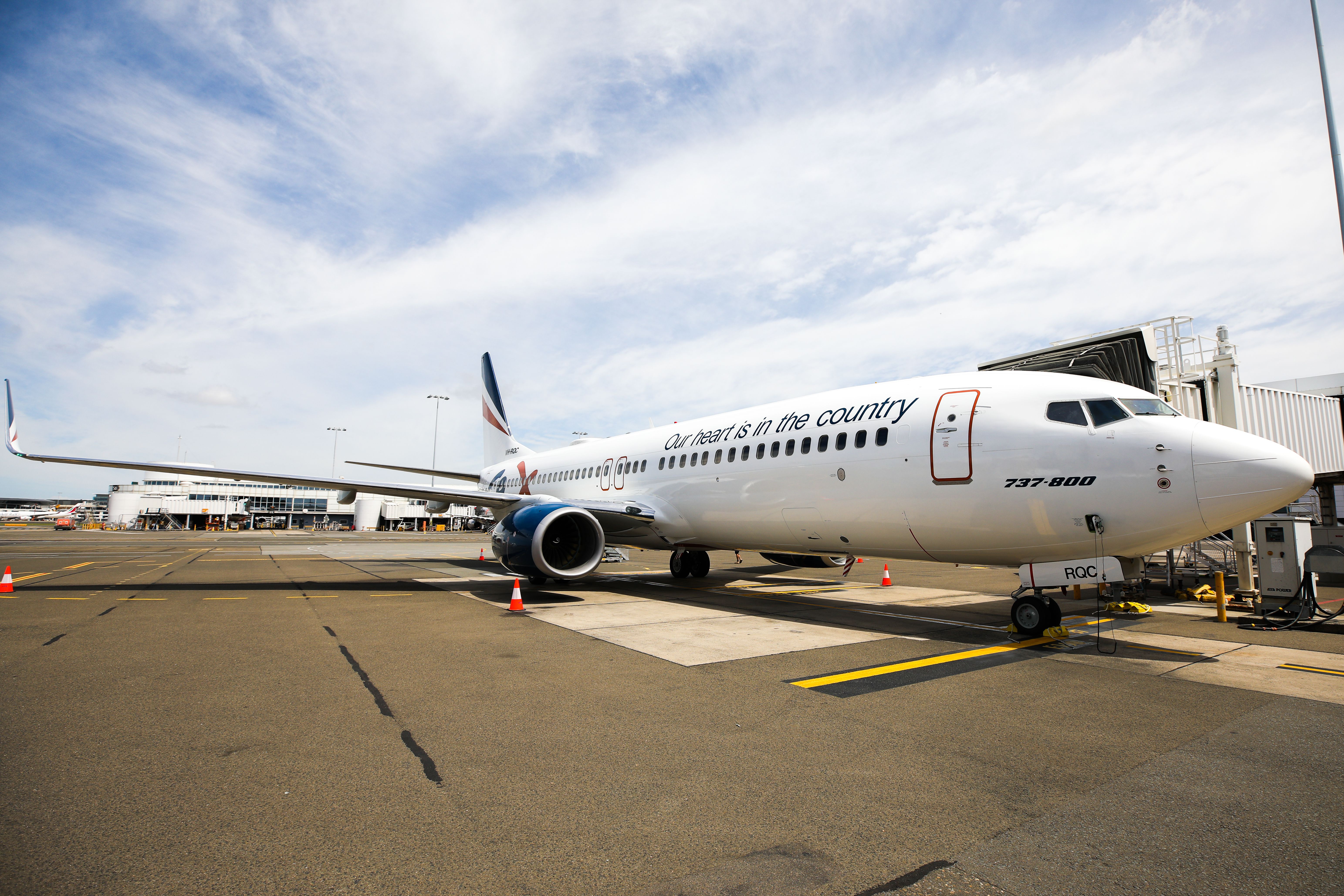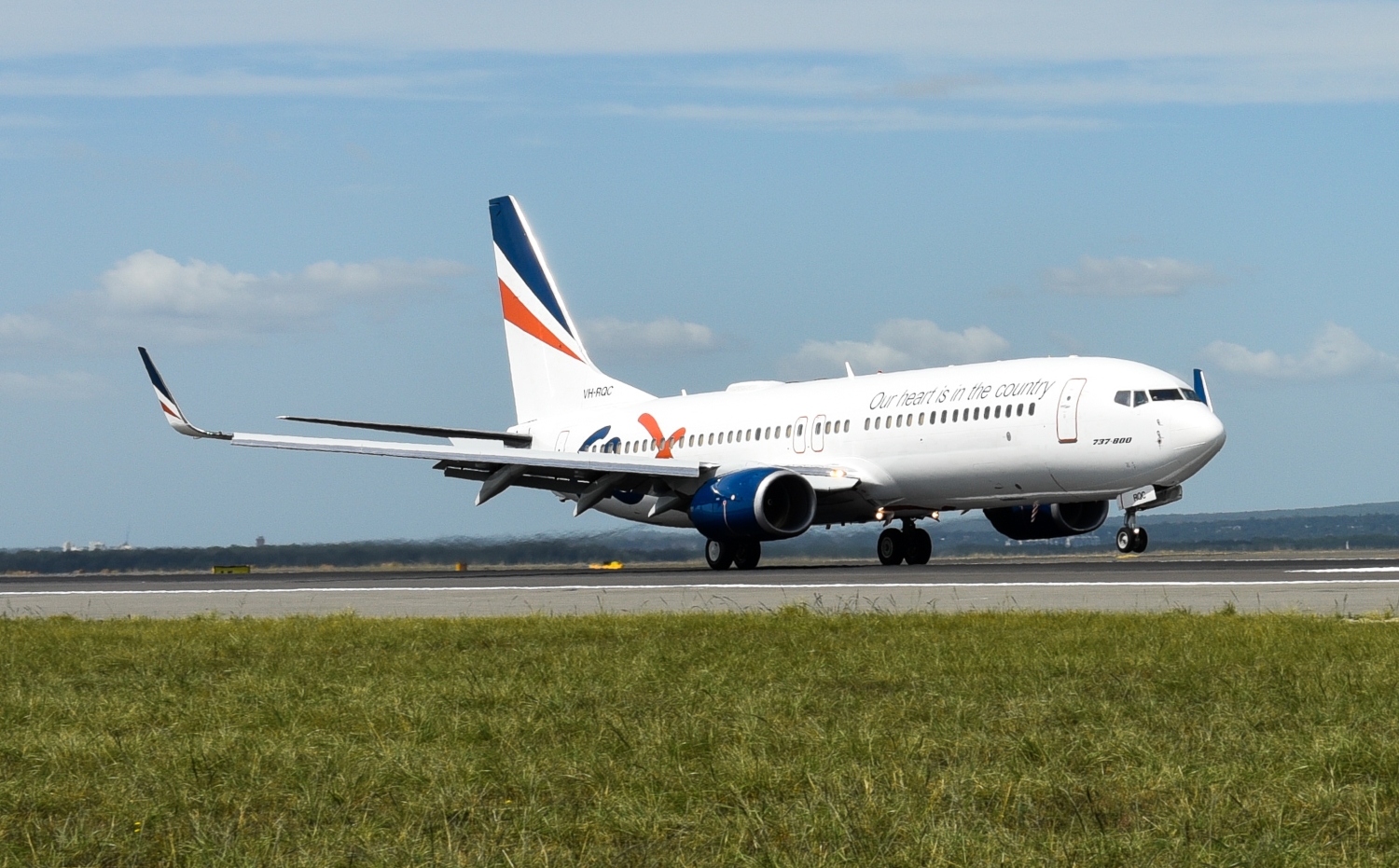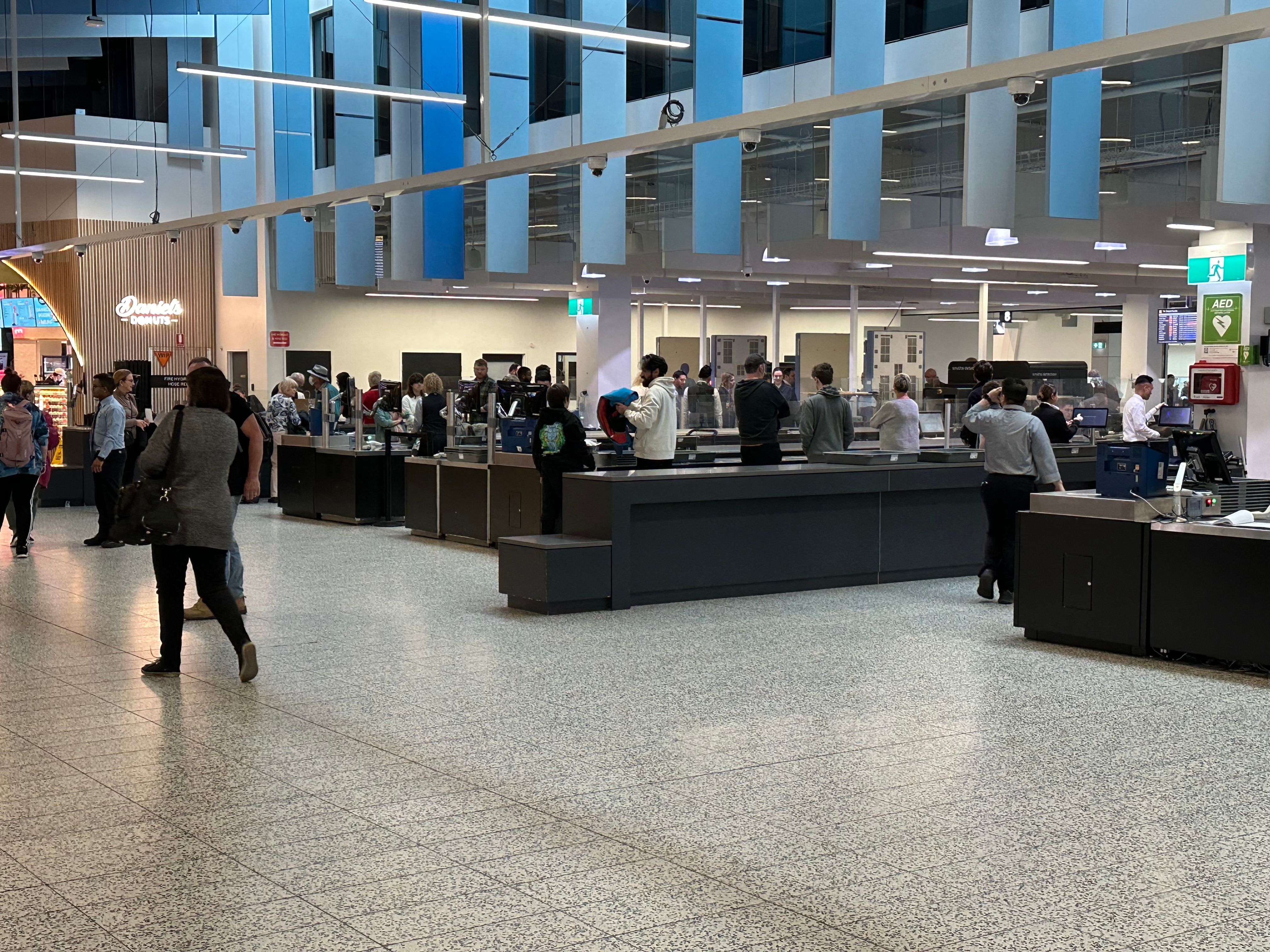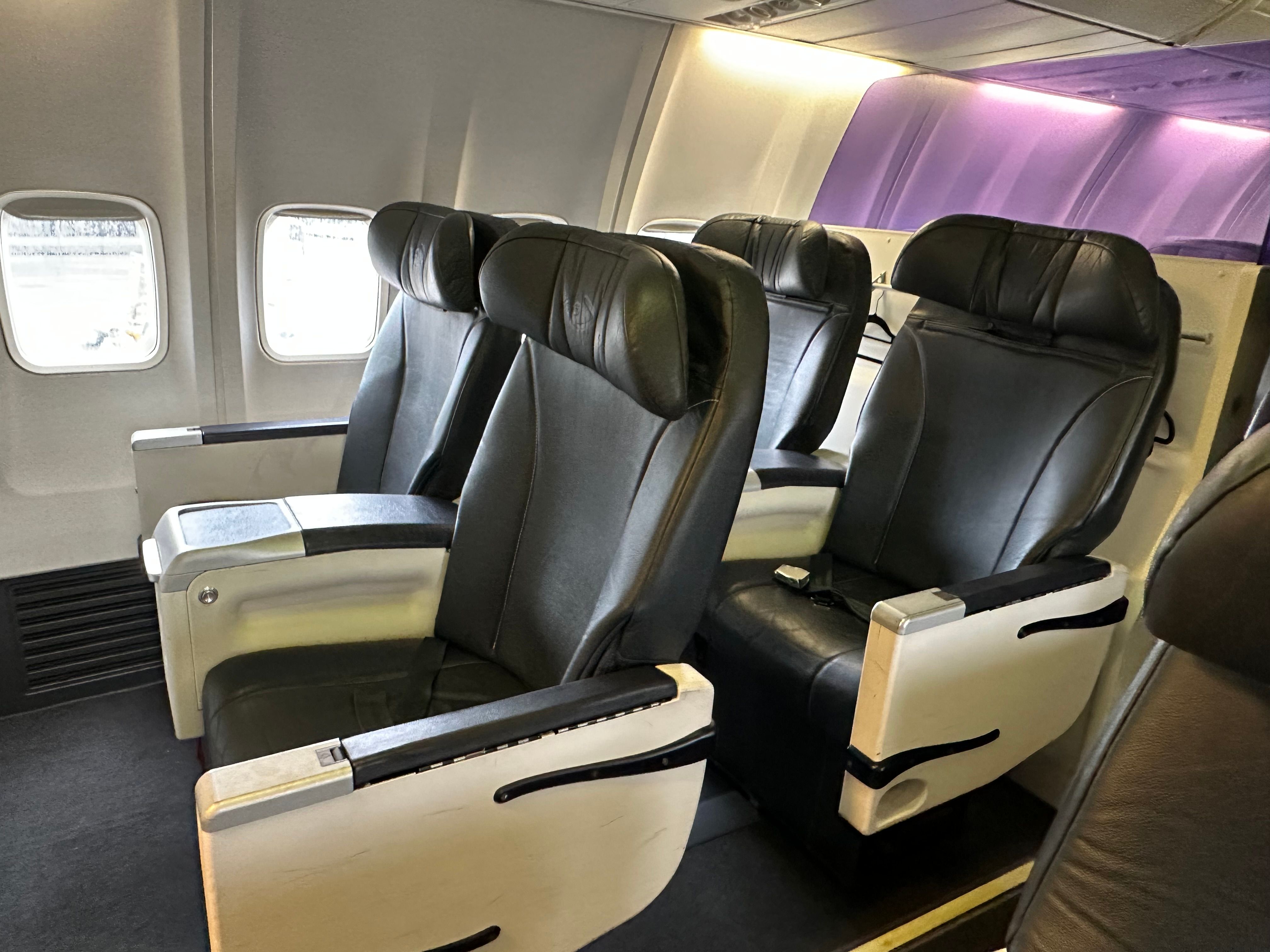For decades Australia's domestic aviation sector was dominated by two airlines, Trans Australia Airlines and Ansett Airlines, which were pale imitations of each other. Today there are four domestic airlines to choose from, and each one is carving out its place in the ecosystem quite differently. Today is a chance to look at domestic and regional carrier Rex.
What has Rex got to offer?
The Rex family tree also goes back decades in various forms, but today it is Australia's largest independent domestic and regional airline. Two years ago, in the middle of the pandemic, Rex took the bold decision to enter the mainline domestic market, a complete leap of faith from operating more than 60 Saab 340 turboprops to introducing high-capacity Boeing 737-800 jets at capital city airports.
Today it operates eight routes on flights from Sydney, Melbourne, Brisbane, Canberra, the Gold Coast, and Adelaide. Last Wednesday, I traveled with Rex on return flights between Melbourne and Adelaide to report for Simple Flying on the launch of its new Adelaide-Sydney route, and here is my review of the service.
To test the system, I checked in manually at the Rex desk in Melbourne Airport's Terminal 4. That took just a few minutes, including the bright and cheery Rex person changing my seat allocation and booking me in for the return flight the following day. This terminal has the latest security screening detection equipment so everything can be left in carry-on bags, although you do have to take off your belt and jacket if worn.
T4 is the home of Rex, Bonza, Jetstar, and some Virgin Australia flights, and despite the airport reaching pre-COVID domestic capacity getting through security is a quick, well-organized, and easy process. The boarding area was full, although it had plenty of seating, and Rex staff made several announcements alerting customers to the short delay and what was happening.
The flight
Flight ZL437 departed Melbourne Airport (MEL) at 13:07 and arrived at Adelaide Airport (ADL) at 13:44 local time, thirty-four minutes behind schedule due to a delayed departure. It was raining heavily in Melbourne, which made boarding via the rear stairs unavailable and contributed to the delay. The service was operated with a Boeing 737-800, registration VH-RQG and MSN 34168, and almost every one of the 176 seats was taken.
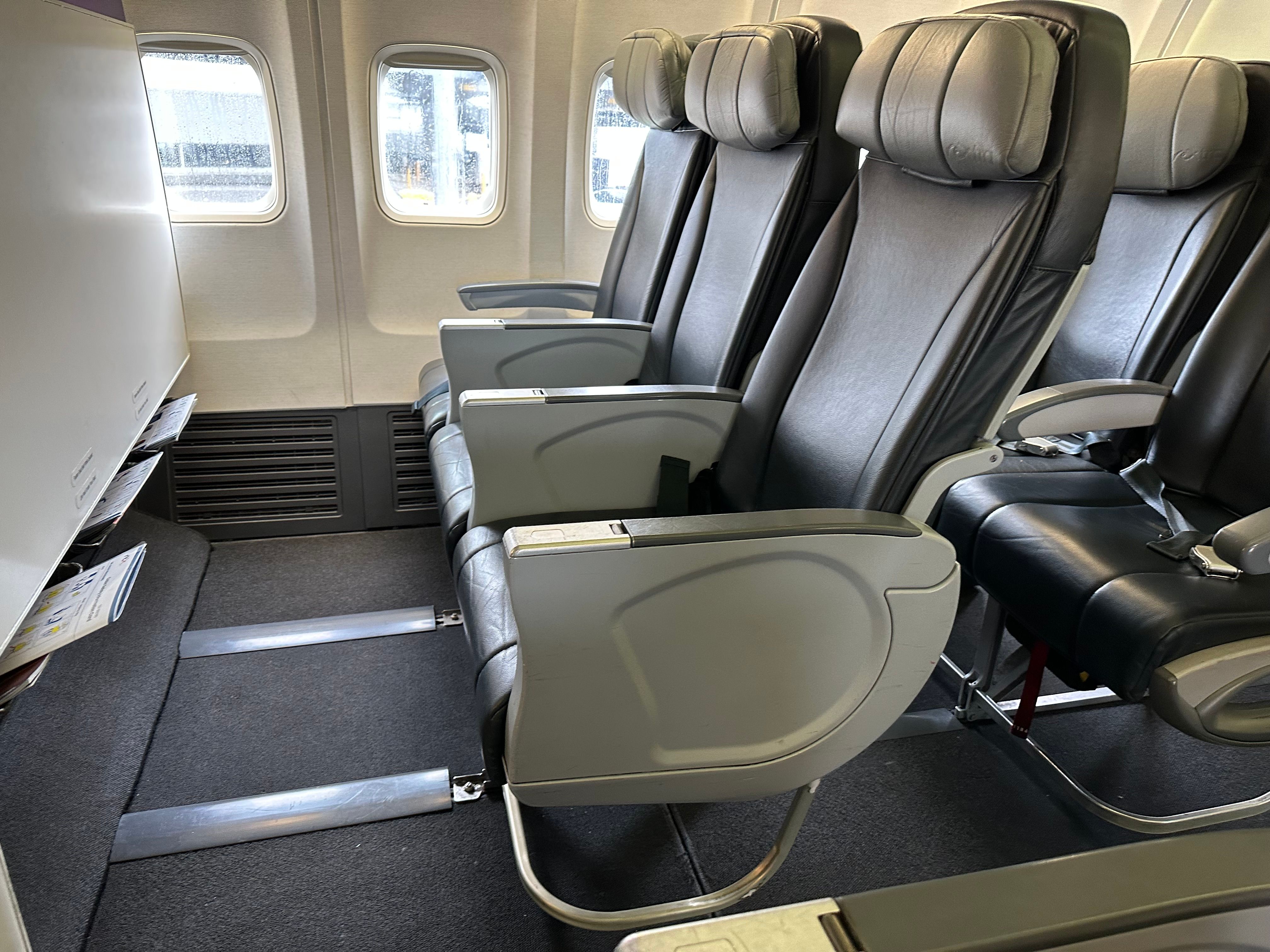
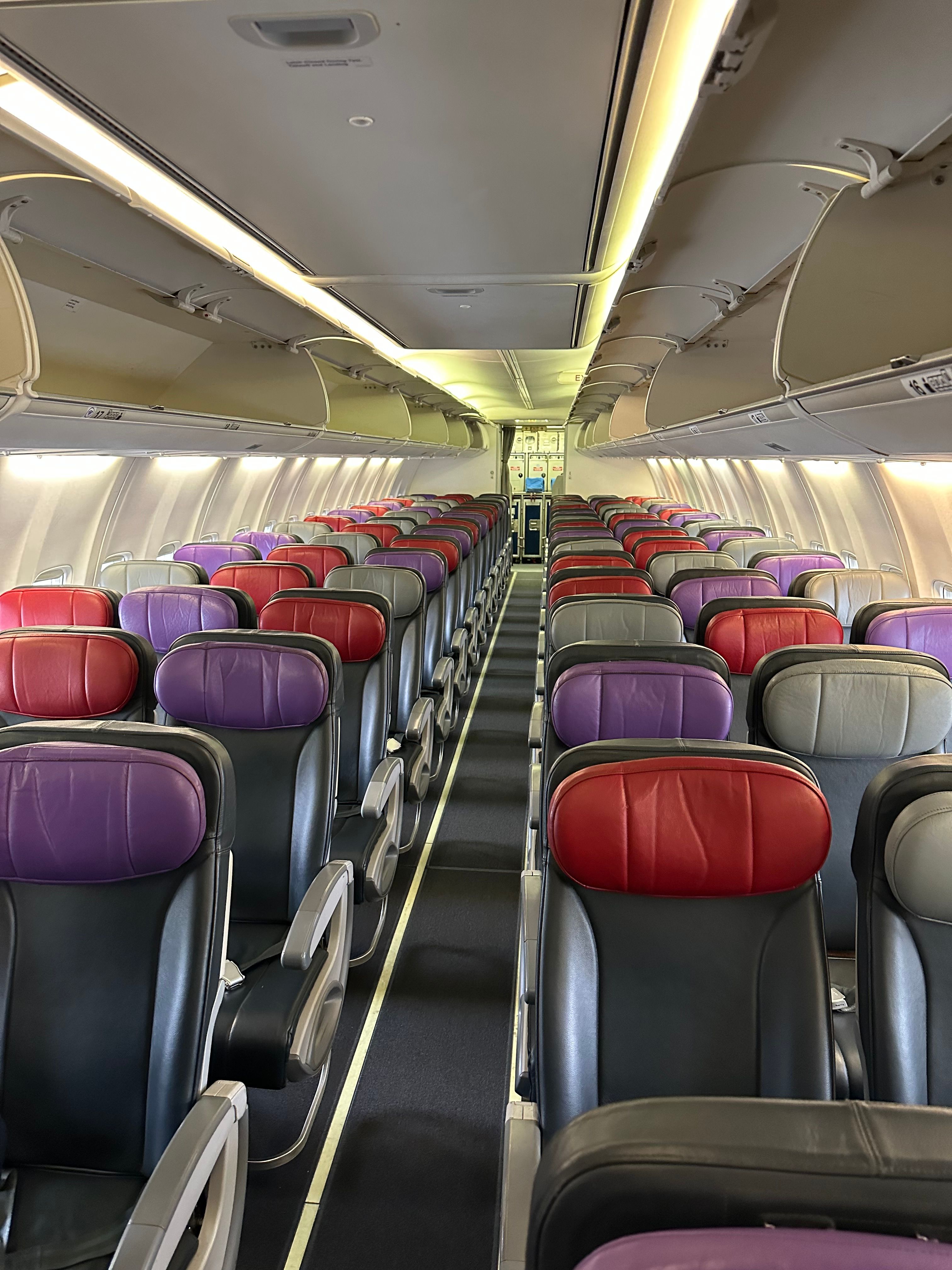
This 737 was previously operated by Virgin Australia and was one of the aircraft returned when the carrier went into financial administration in 2020. It retains its colors and layout of eight business class and 168 economy seats in the cabin, including a row of Rextra extra legroom seats immediately behind the business class cabin. I sat in an exit row with enough legroom for a long-haul flight rather than just a quick 67-minute hop to Adelaide, and despite the shortened turnaround time, the aircraft was spotless and inviting.
In the economy cabin, Rex provides passengers with free snacks, tea, coffee, or water and sells a range of other cold beverages, whereas in business, meals are served at appropriate times. The free snack and drink is more than adequate, but for those wanting a little more, the tap-and-go payment system worked perfectly. The cart service was efficient and well-coordinated, and throughout the flight, the cabin crew were attentive, smartly turned out, and engaged, particularly when offering help to those who needed it.


Connecting a personal device to the free onboard entertainment system is easy and gives access to nearly 30 programs, including popular movies and TV shows. With its low-fare pricing, Rex attracts a fair share of families so it was nice to see six channels for the younger ones. The flight touched down at 13:45 and, five minutes later, was at the gate with passengers getting ready to leave the aircraft, this time through both the forward and rear doors.
We'd love to see you on Instagram - follow us here!
The Rex difference
Generally, Rex's business class fares are around half what its two bigger rivals charge, even though the route, aircraft, and seat are identical. Keep in mind these aircraft were flying capital city routes for Virgin Australia a few years ago, and Qantas and the-reborn Virgin Australia both fly the same 737-800s on their domestic services.
This was not the first time I have flown with Rex, and on each occasion, the attitude and professionalism of the cabin crew has been of the highest order. They are on the spot to help with cabin bags at both ends of the flight and don't disappear behind a curtain mid-flight, offering first class service to every passenger, not just those up the pointy end.
Rex currently has seven 737-800s and is adding two more in the coming weeks, with a tenth likely to be here by the end of the year. It is building or extending premium lounges in major hubs and next month will add Hobart to the domestic network, inaugurating 737 flights between the Apple Isle and Melbourne.
Rex is carving out a successful niche in the domestic market by growing in a considered but not too flashy way. It is well worth a try so you can see for yourself, as well as saving you some extra spending money at the same time.
Have you flown with Rex domestically? Let us know in the comments.

